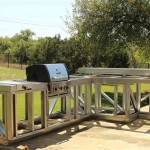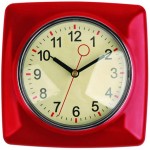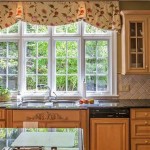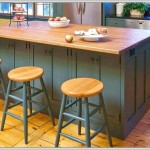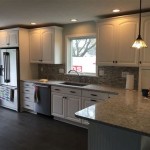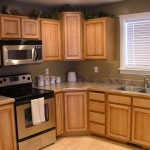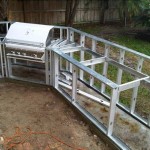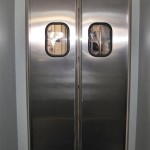Installing a kitchen can be an expensive and complex process. From the appliances and cabinets to the countertop and flooring, many factors contribute to the overall costs of a kitchen installation. In this article, we’ll discuss the various costs associated with a kitchen installation, as well as tips to help you keep your budget in check.
Appliances
Appliances are one of the most expensive components of a kitchen installation. Depending on the type and quality of the appliances you choose, costs can range from a few hundred dollars to thousands. It’s important to research the different types of appliances available to ensure you’re getting the best value for your money.
When it comes to appliances, there are two primary categories: built-in and freestanding. Built-in appliances are usually more expensive, but they provide a more seamless look and are integrated into your kitchen design. Freestanding appliances, on the other hand, are typically less expensive and can be moved around as needed.
Cabinets and Countertops
Cabinets and countertops are the core of any kitchen installation, and they come in a wide range of styles, materials, and prices. To find the right cabinets and countertops for your kitchen, consider your budget, lifestyle, and design preferences. Popular materials for cabinets include wood, laminate, and metal, while countertops can be made from granite, marble, quartz, or even recycled materials.
For a more economical option, consider refinishing existing cabinets and countertops. This process involves sanding, staining, and painting the existing materials to give them a fresh, updated look. While this is a more affordable option, it does require more labor and time.
Flooring
The flooring of your kitchen can have a big impact on the overall cost of the installation. Popular options for kitchen floors include tile, stone, hardwood, laminate, and vinyl. Each of these materials has its own benefits and drawbacks, so it’s important to research them before making a decision.
Tile and stone can be expensive, but they are extremely durable and can last for decades. Hardwood and laminate are more affordable options, but they can be prone to damage from spills and water. Vinyl is an affordable and water-resistant option, but it may not last as long as other materials.
Tips for Keeping Costs Low
When it comes to kitchen installation costs, there are a few tips to help you keep your budget in check. Here are a few ideas to consider:
- Shop around for the best deals on appliances and materials.
- Choose an efficient layout to reduce the amount of materials and labor needed.
- Consider refinishing existing cabinets and countertops to save money.
- Look for sales and discounts to get the best prices.
By following these tips, you can help keep your kitchen installation costs within your budget.
Conclusion
Kitchen installation costs can vary greatly depending on the materials and appliances you choose. By doing your research and shopping around, you can find the best deals and keep your budget in check. Keep these tips in mind when planning your kitchen installation and you’ll be sure to get the best value for your money.















Related Posts

